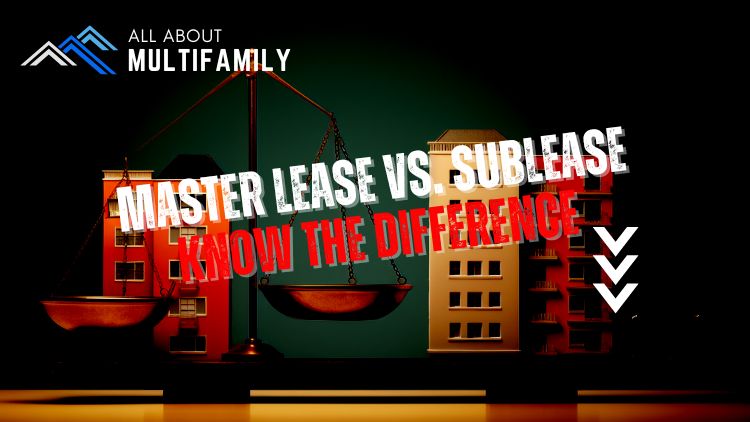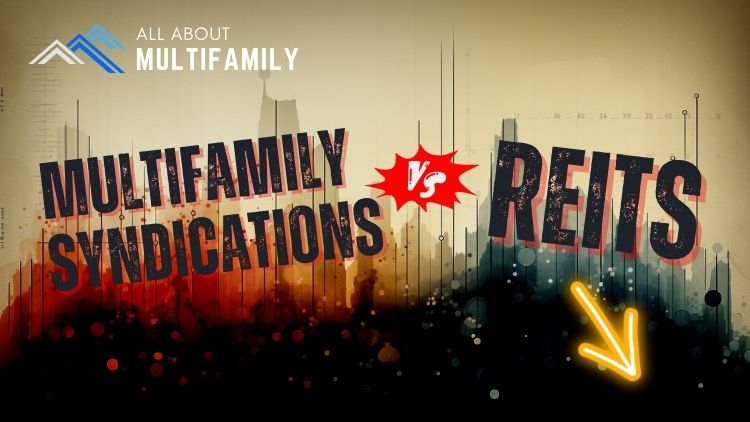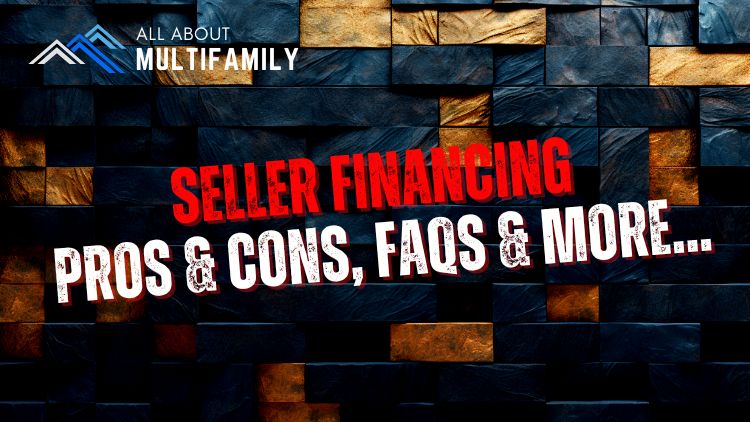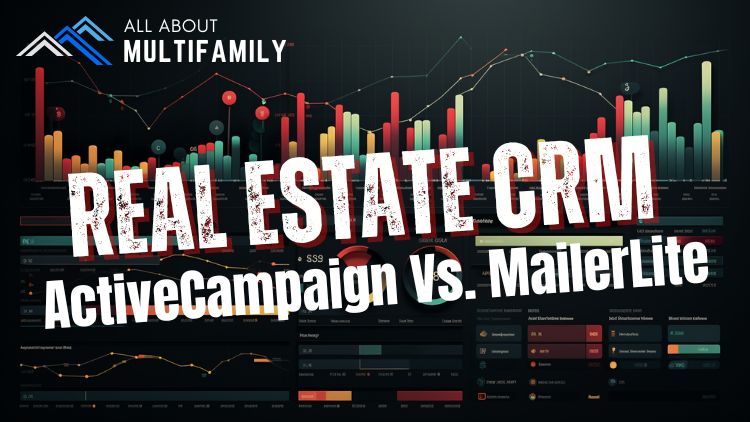Investing in multifamily real estate can be a lucrative venture, but like any investment, it comes with inherent risks. Mitigating these risks is essential to safeguard your capital and ensure long-term profitability. Here are key strategies that seasoned investors employ to mitigate risks in multifamily real estate investments:
1. Thorough Due Diligence:
Performing comprehensive due diligence is the foundation of risk mitigation. Analyze the property’s financials, occupancy rates, rent rolls, and potential expenses. Scrutinize market conditions, property location, and demographics to assess demand and potential risks.
2. Diversification:
Spreading investments across multiple multifamily properties and diverse geographic locations reduces concentration risk. A well-diversified portfolio can cushion against losses in a specific property or market.
3. Conservative Underwriting:
Adopt a conservative approach to underwriting by considering realistic rent projections and accounting for potential vacancies and unexpected expenses. Avoid overestimating income and underestimating costs to ensure cash flow stability.
4. Adequate Cash Reserves:
Maintain sufficient cash reserves to handle unforeseen expenses, such as major repairs or temporary dips in occupancy. A reserve fund provides a safety net during challenging times.
5. Expert Property Management:
Engage professional property management teams with a successful track record. Competent management ensures efficient operations, tenant satisfaction, and timely rent collection, thereby reducing vacancy rates.
6. Market Research and Trend Analysis:
Stay informed about market trends, job growth, population changes, and economic indicators in the target area. A thorough understanding of the market helps predict potential risks and opportunities.
7. Property Insurance and Liability Coverage:
Obtain comprehensive property insurance and liability coverage to protect against unexpected events, including natural disasters and accidents.
8. Understand Local Regulations:
Comply with local laws, zoning regulations, and building codes to avoid legal and financial liabilities. Engage legal counsel to ensure adherence to all relevant regulations.
9. Tenant Screening Process:
Implement a rigorous tenant screening process to select reliable and responsible tenants. Good tenants are more likely to pay rent on time and take care of the property, reducing potential damages.
10. Stress Testing:
Conduct stress tests on your investment model by assessing how the property performs under various adverse scenarios. This exercise helps identify potential vulnerabilities and develop contingency plans.
11. Long-Term Financing:
Opt for stable, long-term financing with fixed interest rates to mitigate the risks associated with interest rate fluctuations.
12. Value-Add Opportunities:
Identify value-add opportunities in properties with untapped potential. Renovations and improvements can increase property value and attract higher-quality tenants.
13. Regular Property Inspections:
Perform routine property inspections to identify maintenance issues early on and prevent them from escalating into significant problems.
14. Market Exit Strategy:
Develop a well-thought-out exit strategy to gracefully exit the investment if market conditions change or the property no longer aligns with your goals.
By employing these strategies, multifamily real estate investors can navigate the market with greater confidence and resilience. Mitigating risks is a proactive approach that ensures a more secure and profitable investment journey in the multifamily real estate sector.
What is Conservative Underwriting?
Conservative underwriting refers to a cautious and prudent approach used by real estate investors and lenders when assessing the financial viability of a potential investment property. In the context of multifamily real estate, conservative underwriting involves analyzing the property’s income, expenses, and cash flow potential in a way that takes into account various risk factors and potential uncertainties.
The key principles of conservative underwriting include:
1. Realistic Rent Projections: Instead of projecting overly optimistic rental income, conservative underwriting considers current market conditions, historical data, and the property’s location to estimate a reasonable and achievable rental income.
2. Accounting for Vacancies: It’s common to factor in a vacancy rate, even if the property has a stable rental history. This ensures that potential periods of vacancies are accounted for in the financial projections, reducing the risk of unexpected cash flow shortages.
3. Contingency for Unexpected Expenses: Conservative underwriting includes allocating funds for unexpected expenses, such as maintenance, repairs, or capital expenditures. This reserve helps safeguard against financial strain caused by unforeseen issues.
4. Sensible Expense Estimates: Expenses related to property management, utilities, insurance, and property taxes are calculated realistically based on market norms and historical data. This prevents overestimation of expenses, ensuring a more accurate portrayal of the property’s cash flow potential.
5. Stress Testing: Conservative underwriting involves conducting stress tests to evaluate how the property’s financials would hold up under adverse scenarios, such as economic downturns, rising interest rates, or higher vacancies.
6. Loan-to-Value (LTV) Ratio: Lenders may apply conservative LTV ratios, limiting the amount of financing they provide in relation to the property’s appraised value. This reduces the risk for both the borrower and the lender.
The goal of conservative underwriting is to avoid overestimating potential returns and to provide a more realistic assessment of the investment’s risks and rewards. By taking a cautious approach to financial projections, investors can make better-informed decisions, set realistic expectations, and be better prepared to handle potential challenges that may arise during the investment period. Ultimately, conservative underwriting is a prudent practice that contributes to more sustainable and secure multifamily real estate investments.



































![An In-Depth Look at Jake and Gino's Coaching Program [A Review]](https://allaboutmultifamilyinvesting.com/wp-content/uploads/2023/10/AAM-BMP-Blog-Covers-750-×-422px-6.jpg)


![Email Marketing Tips for Multifamily Real Estate Syndicators to Raise Capital [Templates included]](https://allaboutmultifamilyinvesting.com/wp-content/uploads/2023/09/AAM-BMP-Blog-Covers-750-×-422px-4.jpg)






![The Richest Kids In America [Book Review]](https://allaboutmultifamilyinvesting.com/wp-content/uploads/2023/09/AAM-BMP-Blog-Covers-750-×-422px-84.jpg)




















